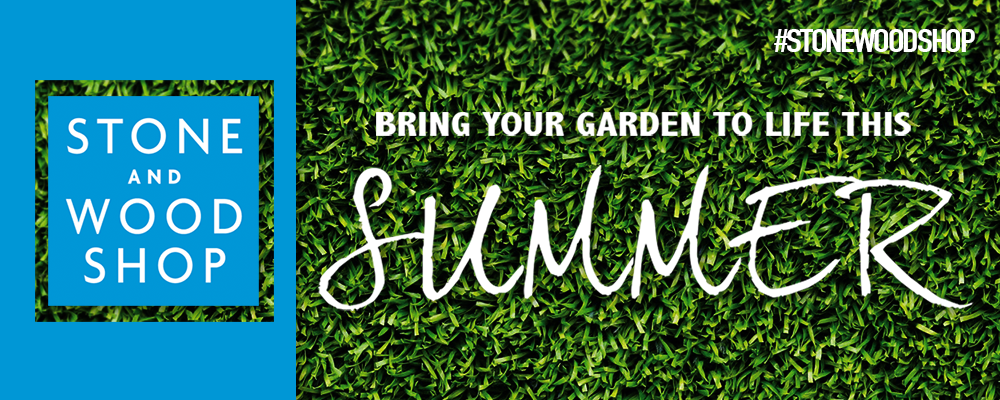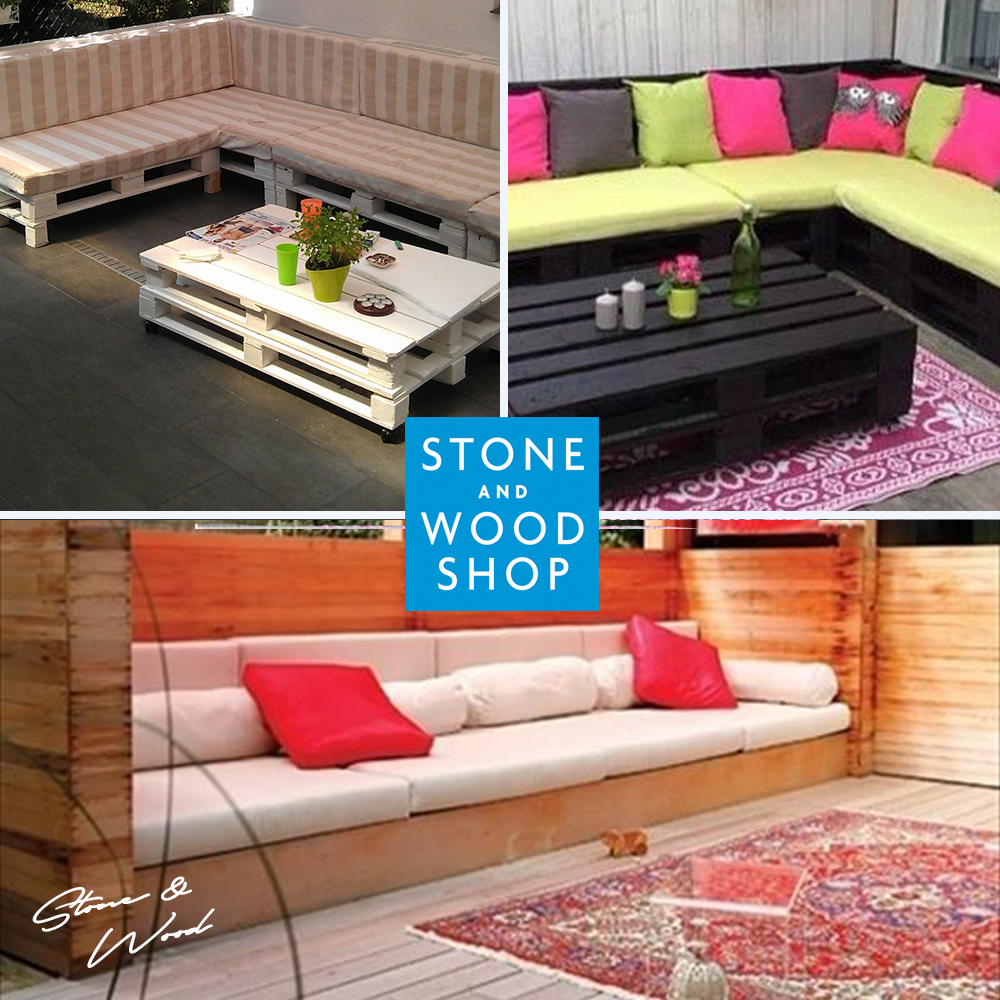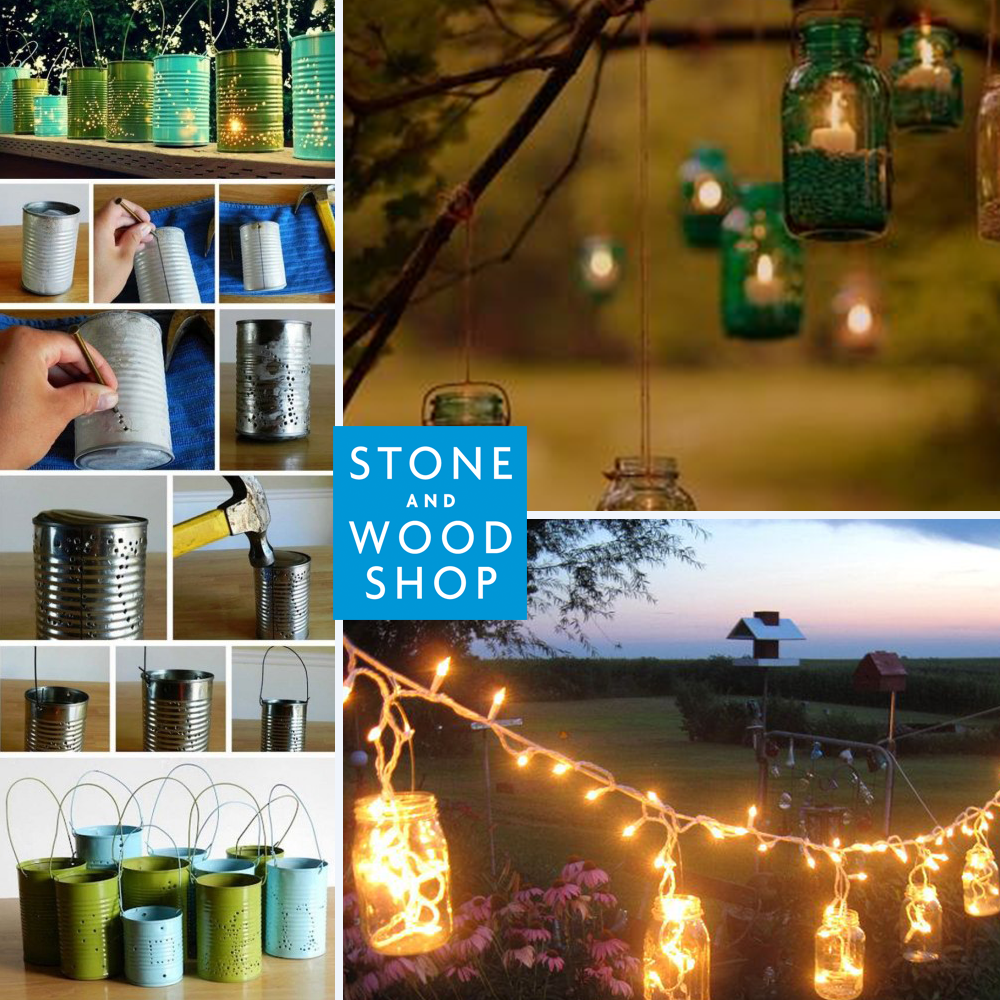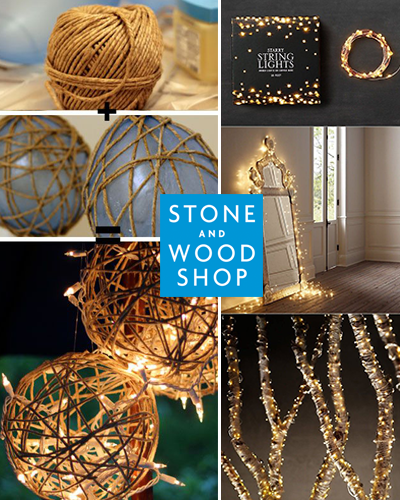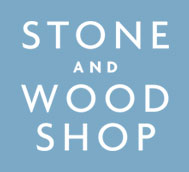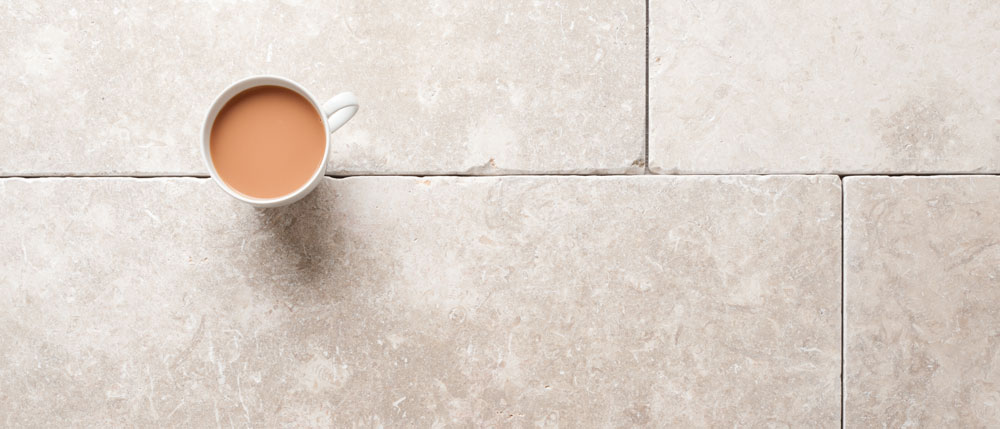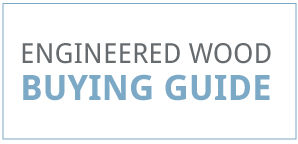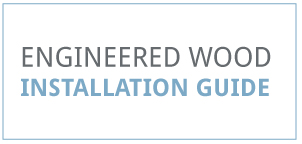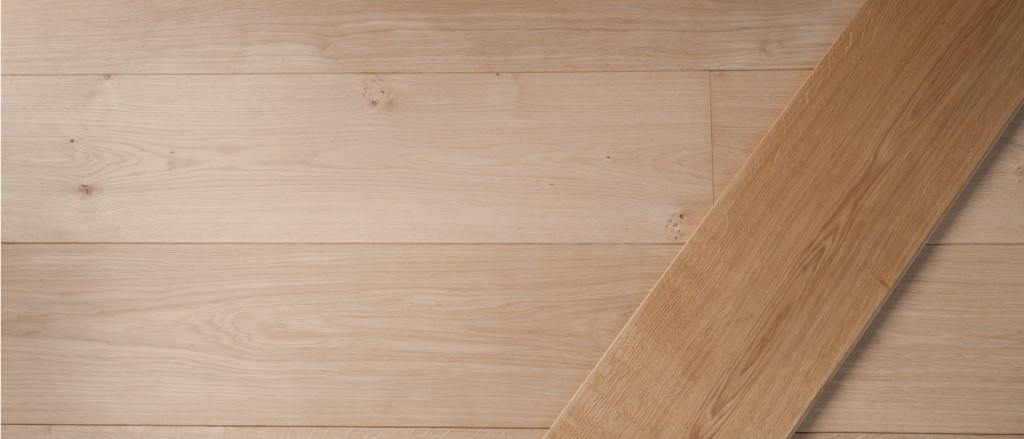
What is engineered oak flooring and where did it all begin?
Oak is a popular and well known native building material and comes from a family of trees known as Quercus genus that grow into tall, strong and sturdy trees sometimes reaching great heights.
Oak species number into the hundreds with around 25 Oak species native to Europe including deciduous [shedding leaves] and evergreen varieties. Oak trees can take hundreds of years to mature which is one simple reason why good oak is more expensive and requires a managed growth system to ensure its continuance.
Oak has a mythical heritage and associations with Greek Mythology and especially with the Romans who occupied the British Isles for over 500 years and used English oak as a basic building material.
Popular and sought after as a building material, Oak makes superb choice as flooring. Historically used in the production of wine, whiskey and fine brandy, Oak barrels were made to ferment and store the brew. The oak imparted a unique flavour to the finished product.
As oak is a very strong material it was the popular choice for the construction of ships for the British navy right up to the 19th century before steel superseded timber construction, yet oak planks continued to be used for the decking and flooring of ships as it the case still today for its durability, strength and colour.
There are basically 3 different types of oak flooring:-
What is Oak Engineered Flooring?
Engineered Oak flooring is typically constructed in one of two ways. The traditional Scandinavian boards have a 4 or 5 mm Oak wear layer on the face of the board with a backing layer, typically a softwood of the same thickness and the central core of the board is made of sections of softwood with the grain running the opposite way to the face and reverse of the board. This construction provides a ‘ balanced ‘ board. The potential movement in the face and back of the plank is counteracted by the thicker, central layer, the grain of which runs the opposite way.
This construction is the central difference between solid and engineered boards. It is commonly thought that ‘ solid ‘ boards are ‘ superior ‘ to engineered. Certainly you get more Oak for your money but the manufacture of good engineered wood flooring is in fact a technically more sophisticated process.
The inherent stability of these boards means you can buy Extra Wide Engineered Oak flooring in widths up to 300mm.
Recent years have seen the growth in Engineered floors which comprise a thicker, 6 mm layer of Oak bonded to a thick plywood backing. With these products it is the plywood which provides stability so the quality of the backing is essential. The best Engineered Oak products use high grade Birch ply for the backing.
Solid Oak floors have a tendency to shrink as well as expand. This happens because of changes in humidity and temperature as well as moisture in the sub-floor. Oak engineered flooring can prevent such problems within the modern home environment with central heating and moisture variances as the construction method is inherently more stable than a solid board.
Engineered Oak boards are suitable for use with underfloor heating.
What is Solid Oak Wood Flooring?
Solid Oak flooring, as the name suggests is machined from ‘ solid Oak’ . The boards are typically tongued and grooved on all four edges and this type of product might be supplied in a ‘ raw’ state to be finished on site or pre finished at the factory with either an oil or lacquer. Solid oak flooring planks come in a choice styles, shades and plank width.
Oak flooring is graded in terms of ‘ character ‘ with ‘ rustic ‘ grades showing a greater degree of colour variation and the inclusion of larger, sometimes open knots. ‘ Select ‘ grade flooring material will be ‘ cleaner ‘ with less colour variation and fewer natural features.
Grading differences should not be confused with ‘ quality ‘ issues. You will pay more for a select grade board because when you cut up a tree there is less clean, straight wood than there is wood which can be turned into ‘ character ‘ or ‘ rustic ‘ grade products. The quality however may be the same in terms of how well the wood is selected for a particular grade. The machining process, the kiln drying, finishing and packaging processes may well be the same for any one companies products.
What is Oak Laminate Flooring?
Oak laminate flooring is infact a photograph of sawn oak coated in a protective polyurethane layer. Whilst representing good value as a budget product it really should not be confused with either solid Oak or engineered Oak boards. ‘ Laminates ‘ are not wood products at all.
Oak laminate flooring is one of the more popular materials and widely marketed in DIY stores to reflect people’s desire to have an oak floor at a price that is within their budget.
